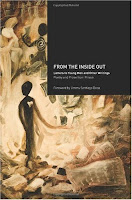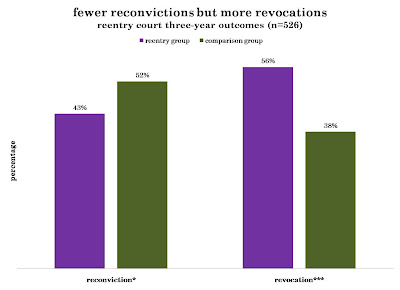 The Kansas City Star reports that a bill passed by the Kansas House would require those convicted of soliciting a prostitute to be listed on the state’s sex offender registry for 10 years.
The Kansas City Star reports that a bill passed by the Kansas House would require those convicted of soliciting a prostitute to be listed on the state’s sex offender registry for 10 years.
Prostitution involving adults is typically a misdemeanor, subject to fines and/or a short jail term, though the activity has long drawn shame-based sanctions. For example, police departments in Minneapolis and St. Paul now post photos of people arrested for soliciting prostitutes — a punishment that can be far more frightening than a $700 fine. In many jurisdictions, those soliciting prostitutes must also attend “john school,” where the lessons combine deterrence (e.g., powerpoint slides of late-stage STDs; a stern prosecutor’s lecture) with an appeal to family and community values (and their wives, mothers, and daughters).
While recognizing the social harm involved with prostitution, I’d hate to see further expansion of state registries. If you think it is tough to get a job with a felony conviction on your record, try applying as a sex offender. I’ll never forget a phone call from one such offender in a western state. He had worked steadily throughout his adult life until his conviction, but had been unable to gain any real employment in the nine (crime-free) years his name appeared on the registry. When he learned his ten-year term of registration was changed to a lifetime registration requirement, he broke down completely and resigned himself to social isolation and dependency.
In short, a decade-long registration requirement would represent a significant increase in punishment if the Kansas bill were to become law.
-via sentencing law & policy.







